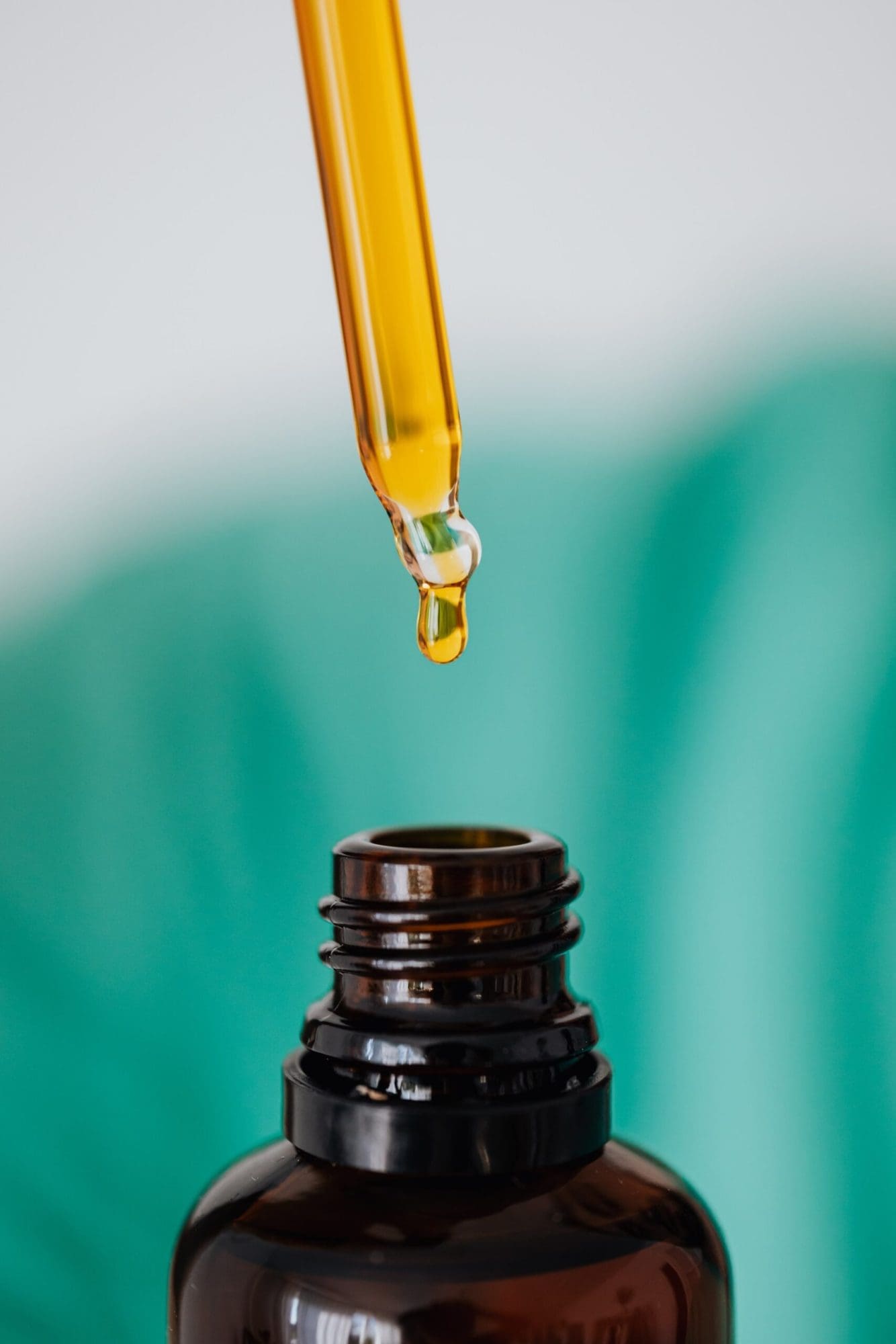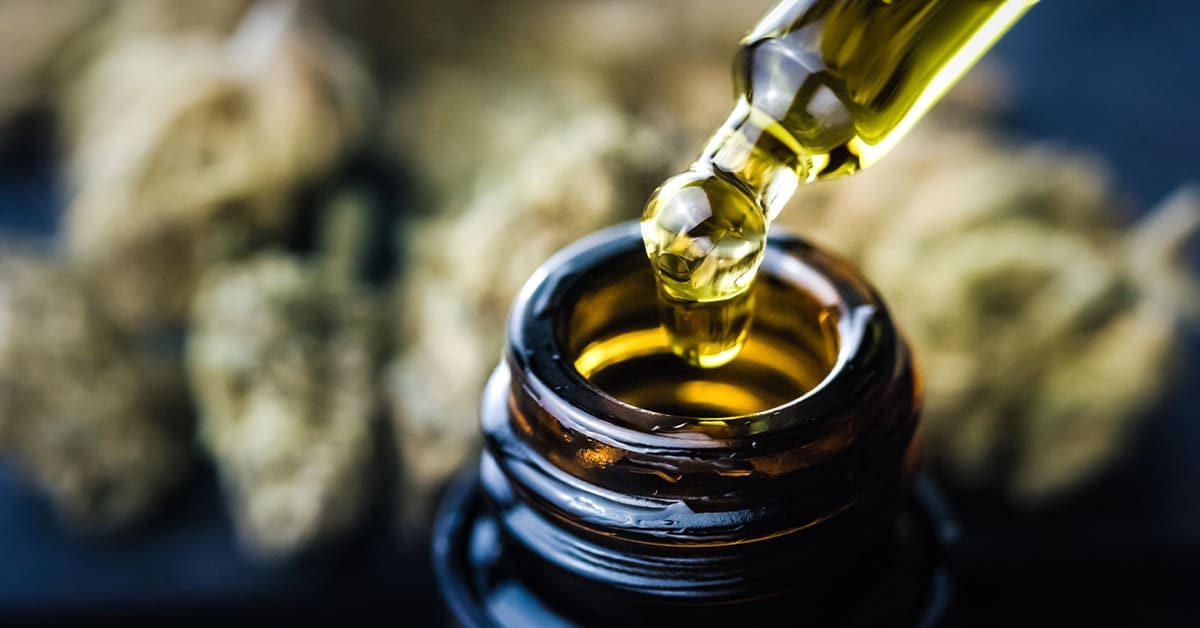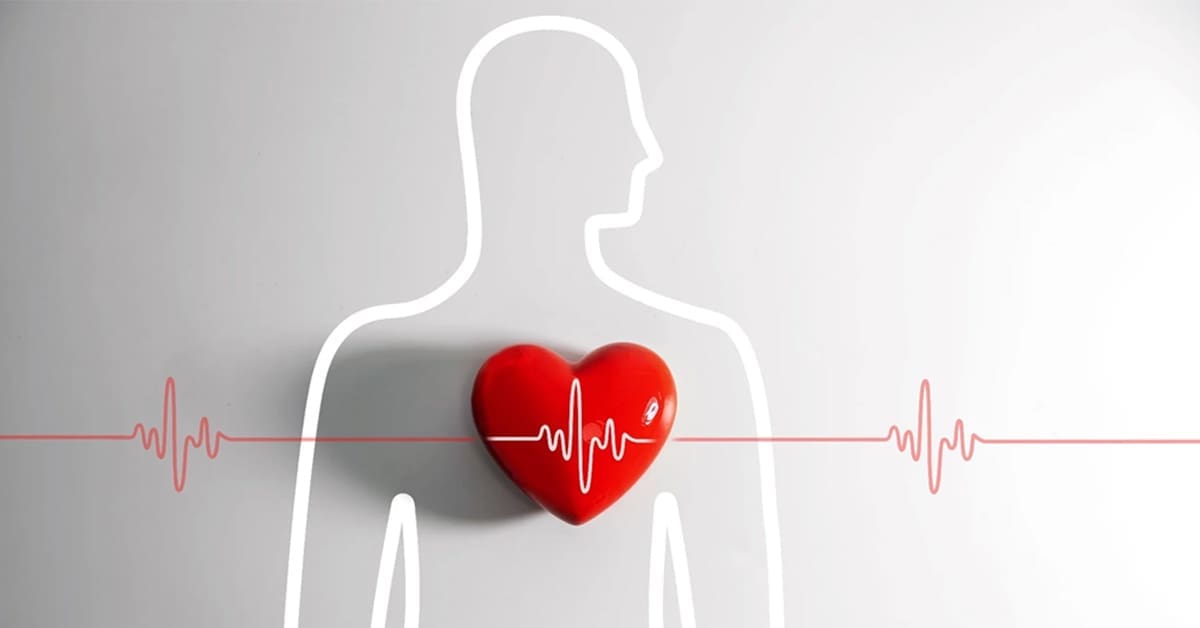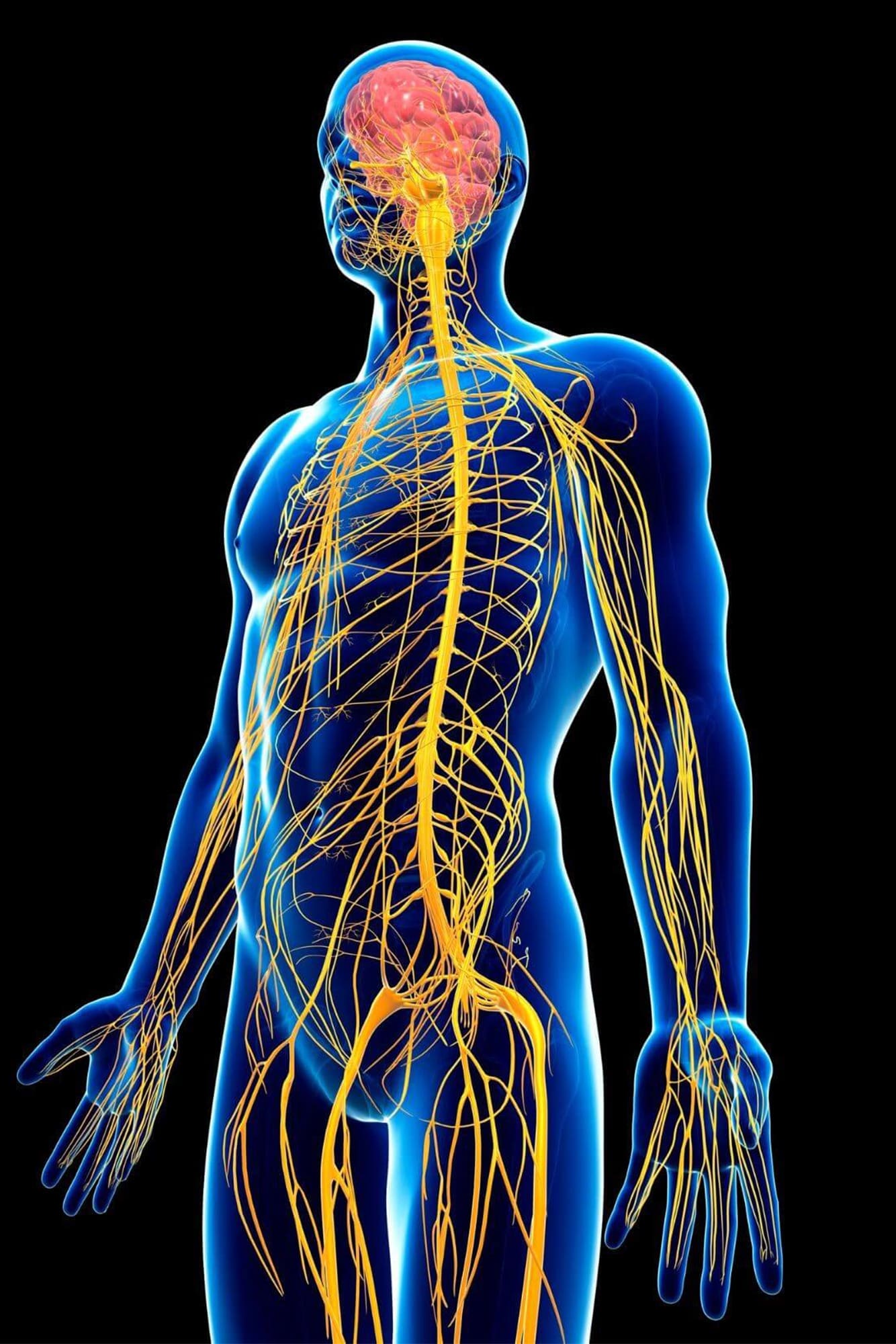Introduction
In recent years, the spotlight has often been on the major cannabinoids found in cannabis, such as THC (delta-9-tetrahydrocannabinol) and CBD (cannabidiol). However, there is a growing interest in minor cannabinoids, which are present in smaller quantities but still hold promising therapeutic potential [1]. This blog post will explore some of the key minor cannabinoids, their potential therapeutic applications, and any known interactions with other substances.
Cannabigerol (CBG)
Cannabigerol (CBG) is a non-psychoactive cannabinoid that is found in low concentrations in cannabis plants. It is often referred to as the “stem cell” or “mother cannabinoid” because it is the precursor to other cannabinoids [2]. Some potential therapeutic applications of CBG include:
- Anti-inflammatory properties: CBG has shown promise in reducing inflammation in preclinical studies, suggesting it may be useful for conditions such as inflammatory bowel disease and arthritis [3].
- Neuroprotective effects: CBG has demonstrated neuroprotective properties in animal models of neurodegenerative diseases, making it a potential candidate for conditions like Parkinson’s and Alzheimer’s disease [4].
- Antimicrobial activity: CBG has exhibited antimicrobial properties against bacteria, including drug-resistant strains like MRSA, which could have implications for treating infections [5].
Cannabichromene (CBC)
Cannabichromene (CBC) is another non-psychoactive cannabinoid that is present in cannabis. While research on CBC is still in its early stages, preliminary findings suggest several potential therapeutic benefits, including:
- Anti-inflammatory and analgesic properties: CBC has shown promise in reducing pain and inflammation, making it a potential candidate for chronic pain management [6].
- Neurogenesis: CBC has been found to promote the growth of new brain cells in animal studies, which could have implications for conditions like depression and anxiety [7].
- Potential anti-cancer properties: Some studies indicate that CBC may inhibit the growth of certain types of cancer cells, though more research is needed in this area [8].
Cannabinol (CBN)
Cannabinol (CBN) is a minor cannabinoid that is formed as THC oxidizes over time. It is mildly psychoactive but typically present in lower concentrations in fresh cannabis. While research on CBN is limited, some potential therapeutic applications include:
- Sedative properties: CBN has shown potential as a sleep aid, with studies suggesting it may help induce sleep and prolong sleep duration [9].
- Potential antibacterial properties: CBN has demonstrated antibacterial effects against certain bacteria, including strains resistant to traditional antibiotics [10]
Cannabidivarin (CBDV)
Cannabidivarin (CBDV) is a non-psychoactive cannabinoid that shares some similarities with CBD. While research is still in its early stages, CBDV shows potential therapeutic applications, including:
- Anti-epileptic properties: Preliminary studies suggest that CBDV may have anticonvulsant effects, making it a potential candidate for the treatment of epilepsy and seizure disorders [11].
- Potential anti-nausea properties: CBDV has shown promise in reducing nausea and vomiting, indicating it could be beneficial for conditions such as chemotherapy-induced nausea and vomiting (CINV) [12].
Tetrahydrocannabivarin (THCV)
Tetrahydrocannabivarin (THCV) is a minor cannabinoid that is structurally similar to THC but produces different effects. Some potential therapeutic applications of THCV include:
- Appetite suppression: THCV has been found to reduce appetite and may have potential as a weight management tool [13].
- Potential anti-diabetic effects: THCV has shown promise in improving glucose tolerance and insulin sensitivity, suggesting it may have benefits for diabetes management [14].
Cannabicyclol (CBL)
Cannabicyclol (CBL) is a minor cannabinoid that is formed when THC undergoes prolonged exposure to heat or light. Research on CBL is limited, but it is known for its potential as an anti-inflammatory agent [15].
Cannabitriol (CBT)
Cannabitriol (CBT) is a minor cannabinoid that has been identified in cannabis but is still not extensively studied. Research on CBT is limited, and its potential therapeutic applications are not well-documented [16].
Conclusion
Minor cannabinoids, such as CBG, CBC, CBN, CBDV, THCV, CBL, and CBT, hold promise for various therapeutic applications. However, it’s important to note that research on these cannabinoids is still evolving, and further studies are needed to establish their safety and efficacy for specific conditions.
In the context of medicinal cannabis products, the presence of these minor cannabinoids can vary. Full-spectrum products, which contain all naturally occurring cannabinoids in the cannabis plant, and broad-spectrum products, which have certain cannabinoids removed, may include these minor cannabinoids. This could potentially offer patients the benefits of the entourage effect, where the combined effect of different cannabinoids is greater than the sum of their individual effects.
CBD-dominant and THC-dominant products may also contain minor cannabinoids, depending on the extraction process used. For patients interested in the potential benefits of minor cannabinoids, it may be worth discussing with a healthcare provider whether a full-spectrum or broad-spectrum product could be appropriate.
However, as the specific composition of these products can vary widely, it’s crucial to consult with healthcare professionals before considering the use of any cannabinoids for therapeutic purposes. As our understanding of these minor cannabinoids continues to grow, so too does the potential for new and more effective therapies.
References:
- Russo, E. B. (2019). The Case for the Entourage Effect and Conventional Breeding of Clinical Cannabis: No “Strain,” No Gain. Frontiers in Plant Science, 9, 1969.
- Cascio, M. G., Gauson, L. A., Stevenson, L. A., Ross, R. A., & Pertwee, R. G. (2010). Evidence that the plant cannabinoid cannabigerol is a highly potent α2-adrenoceptor agonist and moderately potent 5HT1A receptor antagonist. British Journal of Pharmacology, 159(1), 129-141.
- Borrelli, F., Fasolino, I., Romano, B., Capasso, R., Maiello, F., Coppola, D., … & Izzo, A. A. (2013). Beneficial effect of the non-psychotropic plant cannabinoid cannabigerol on experimental inflammatory bowel disease. Biochemical Pharmacology, 85(9), 1306-1316.
- Valdeolivas, S., Navarrete, C., Cantarero, I., Bellido, M. L., Muñoz, E., & Sagredo, O. (2015). Neuroprotective properties of cannabigerol in Huntington’s disease: Studies in R6/2 mice and 3-nitropropionate-lesioned mice. Neurotherapeutics, 12(1), 185-199.
- Appendino, G., Gibbons, S., Giana, A., Pagani, A., Grassi, G., Stavri, M., … & Rahman, M. M. (2008). Antibacterial cannabinoids from Cannabis sativa: a structure−activity study. Journal of Natural Products, 71(8), 1427-1430.
- DeLong, G. T., Wolf, C. E., Poklis, A., Lichtman, A. H., & Wiley, J. L. (2010). Pharmacological evaluation of the natural constituent of Cannabis sativa, cannabichromene and its modulation by Δ9-tetrahydrocannabinol. Drug and Alcohol Dependence, 112(1-2), 126-133.
- Shinjyo, N., & Di Marzo, V. (2013). The effect of cannabichromene on adult neural stem/progenitor cells. Neurochemistry International, 63(5), 432-437.
- Ligresti, A., Moriello, A. S., Starowicz, K., Matias, I., Pisanti, S., De Petrocellis, L., … & Di Marzo, V. (2006). Antitumor activity of plant cannabinoids with emphasis on the effect of cannabidiol on human breast carcinoma. Journal of Pharmacology and Experimental Therapeutics, 318(3), 1375-1387.
- Carlini, E. A., Cunha, J. M., & Hypolite, J. (1981). Anticonvulsant properties of cannabidiol. Journal of Clinical Pharmacology, 21(S1), 417S-427S.
- Appendino, G., Gibbons, S., Giana, A., Pagani, A., Grassi, G., Stavri, M., … & Rahman, M. M. (2008). Antibacterial cannabinoids from Cannabis sativa: a structure−activity study. Journal of Natural Products, 71(8), 1427-1430.
- Hill, T. D., Cascio, M. G., Romano, B., Duncan, M., Pertwee, R. G., Williams, C. M., … & Whalley, B. J. (2013). Cannabidivarin-rich cannabis extracts are anticonvulsant in mouse and rat via a CB1 receptor-independent mechanism. British Journal of Pharmacology, 170(3), 679-692.
- Bolognini, D., Rock, E. M., Cluny, N. L., Cascio, M. G., Limebeer, C. L., Duncan, M., … & Pertwee, R. G. (2013). Cannabidiolic acid prevents vomiting in Suncus murinus and nausea-induced behavior in rats by enhancing 5-HT1A receptor activation. British Journal of Pharmacology, 168(6), 1456-1470.
- Farrimond, J. A., Whalley, B. J., & Williams, C. M. (2012). Cannabinol and cannabidiol exert opposing effects on rat feeding patterns. Psychopharmacology, 223(1), 117-129.
- Jadoon, K. A., Ratcliffe, S. H., Barrett, D. A., & Tan, G. D. (2016). Efficacy and safety of cannabidiol and tetrahydrocannabivarin on glycemic and lipid parameters in patients with type 2 diabetes: A randomized, double-blind, placebo-controlled, parallel-group pilot study. Diabetes Care, 39(10), 1777-1786.
- Morales, P., Reggio, P. H., & Jagerovic, N. (2019). Cannabicyclol: A Cannabinoid Begging for Critical Reviews. Cannabis and Cannabinoid Research, 4(3), 169-176.
- Turner, C. E., Elsohly, M. A., & Boeren, E. G. (1980). Constituents of Cannabis sativa L. XVII. A review of the natural constituents. Journal of Natural Products, 43(2), 169-234.








